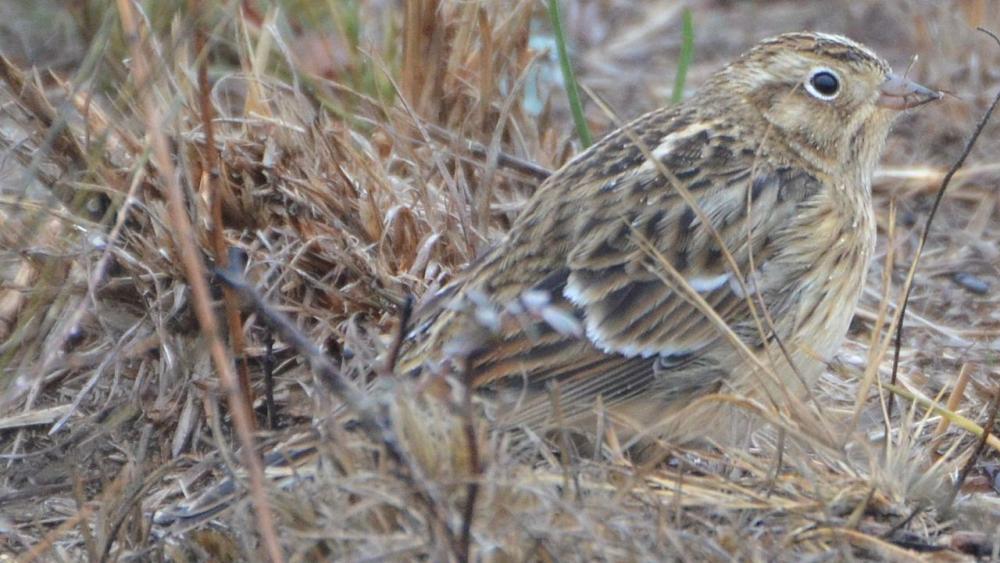Guide to Boreal Birds
Overview
Longspur identification is difficult in the Midwest, where all four species winter, but this species, clad in warm buff year-round, can be told at a glance. At times they are found in huge flocks moving over the dry winter grasslands in search of seeds, uttering a distinctive clinking call. A beautiful bird, the Smith's Longspur breeds at the treeline and, unlike the Lapland Longspur, which is truly a bird of open tundra, Smith's does not have a flight song but marks its territory by singing from the top of a small tree or hillock.
In winter the species is entirely restricted to a relatively small region of the midwestern U.S. It breeds in open sedge meadows and other grassy areas along the northern edge of the boreal forest where it meets the tundra zone. The species has an unusual breeding system in which females mate with 2-3 males and males do not hold breeding territories. Migrants depart the wintering grounds by mid- to late-April and arrive on breeding grounds in late May and early June. They return to wintering areas from late October through December.
Description
5 3/4-6 1/2" (15-17 cm). Sparrow-sized. Breeding male streaked dark brown and buff above, clear warm buff below; bold black and white head pattern. Small white wing patch, most evident in flight; tail black, with white outer feathers. Females and winter males duller and without head pattern, but always more buff-colored than other longspurs.
Voice
Dry rattle, like a finger running along the teeth of a comb.
Nesting
3-5 pale brown eggs, spotted with darker brown, in a grass-walled hollow lined with plant down and feathers and concealed under a clump of grass or a dwarf willow.
Habitat
Arctic tundra and forest edges; winters on open grassy plains.
Range/Migration
Breeds from northern Alaska across northern Canada to Hudson Bay. Winters from Nebraska south to Texas.



